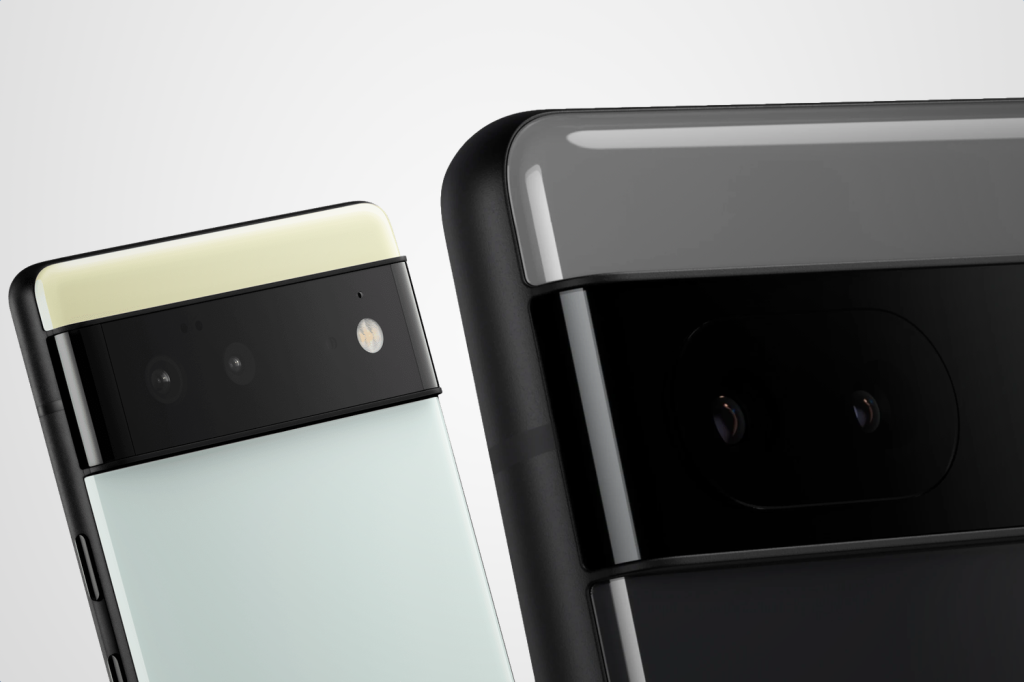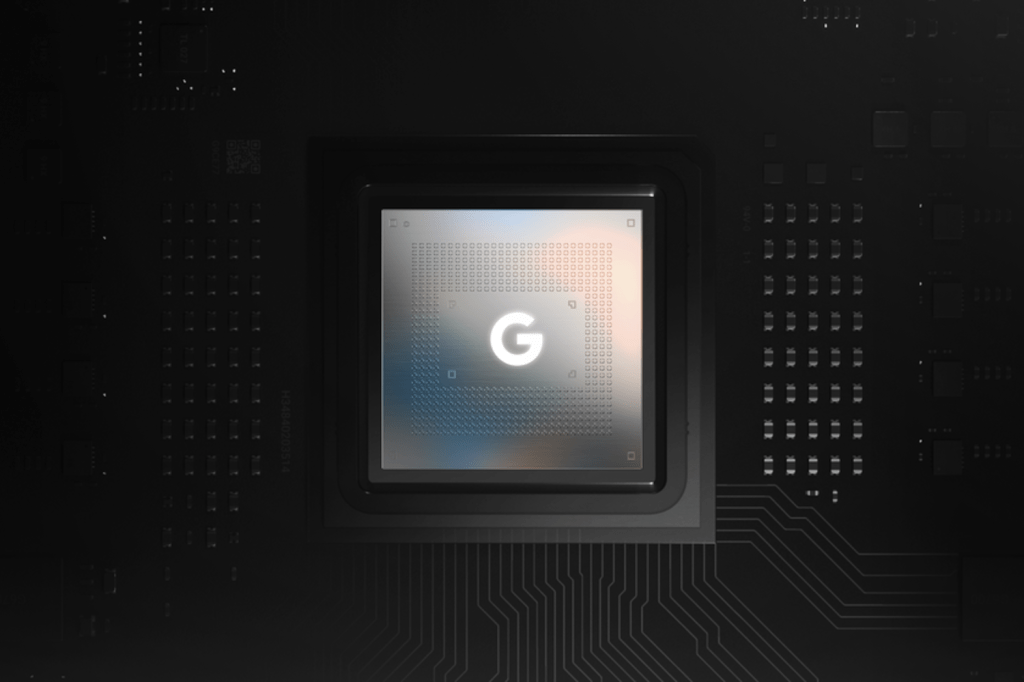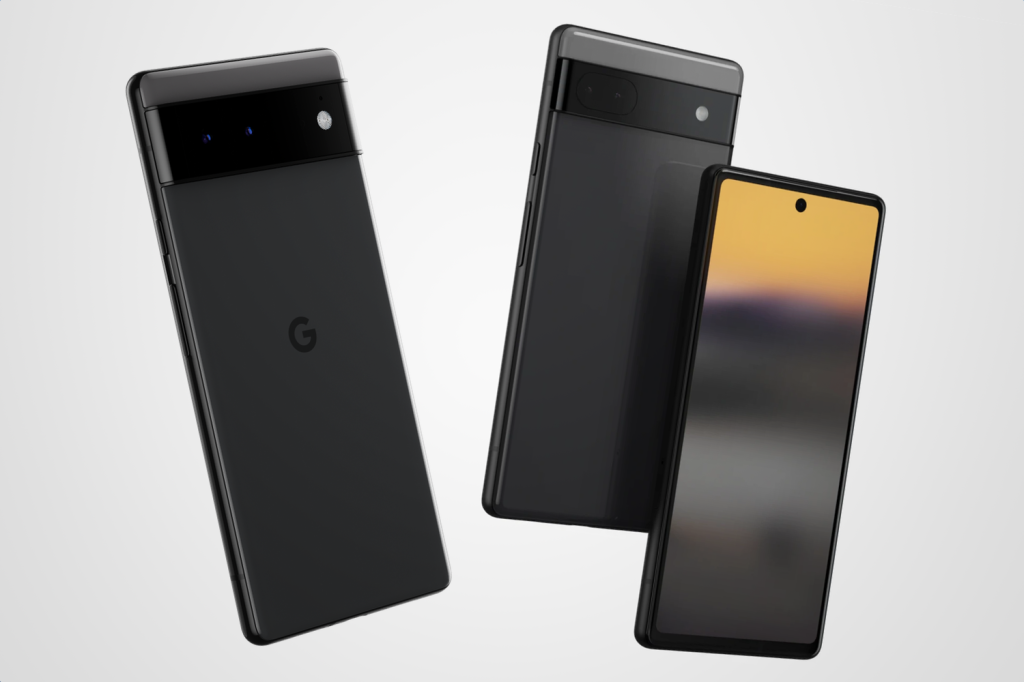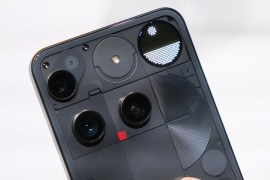Google Pixel 6a vs Pixel 6: what’s the difference?
What’s new with Google’s affordable flagship alternative?

Shopping for a more affordable alternative to Google’s flagship Pixel 6? Good news: the search giant has just unwrapped exactly that. Announced at Google’s annual I/O event, the Pixel 6a is a less pricey variant of its top-spec smartphone. But how does the Pixel 6a differ from the full-fat Pixel 6?
At first glance, there’s not much to set the two Google smartphones apart. But delve into their respective spec sheets and you’ll discover a handful of key differences between the two devices.
Don’t have time to do the digging? Worry not. We’ve poured over the paperwork and highlighted all the important details in the guide below. Read to the end and you’ll know exactly where the Pixel 6 and 6a diverge – and which is the better buy for your needs and budget.
Google Pixel 6a vs Pixel 6: price & release date
The Google Pixel 6 is available to buy now. The 128GB variant will set you back £599/$599. The larger 256GB version isn’t available in the UK, but can be picked up for $699 in the US.
The Google Pixel 6a is scheduled for release this summer. Google hasn’t confirmed exact dates for availability, but it did reveal that the sole 128GB variant will cost £399/$449.
Google Pixel 6a vs Pixel 6: tech specs
| Google Pixel 6 | Google Pixel 6a | |
| Display | 6.4in OLED 1080×2400, 90Hz | 6.1in OLED 1080×2400, 60Hz |
| Rear Cameras | 50MP (wide), 12MP (ultra-wide) | 12.2MP (wide), 12MP (ultra-wide) |
| Front camera | 8MP | 8MP |
| Processor | Google Tensor | Google Tensor |
| RAM | 8GB | 6GB |
| Storage | 128/256GB | 128GB |
| Battery | 4614mAh | 4306mAh |
| Dimensions | 158.6×74.8×8.9mm | 152.2×71.8×8.7mm |
| Weight | 207g | 178g |
Google Pixel 6a vs Pixel 6: design & display

Take a quick look at images of the Pixel 6a and you’d be forgiven for thinking it’s a Pixel 6. All the styling hallmarks are there: a frame-filling display, hole-punch selfie camera, back-spanning camera bump, aluminium frame and two-tone rear panel.
But squint a bit harder and you’ll discover some key differences. Chief among them are the dimensions: the Pixel 6a measures in at 152.2×71.8×8.7mm, making it 6.4mm shorter and 3mm narrower than the Pixel 6. It’s also 0.2mm slimmer, but that won’t be noticeable in everyday use.
Why the shrinkage? Because the Pixel 6a has a smaller display than the Pixel 6. Measuring 6.1in diagonally (versus 6.4in on the Pixel 6), the panel is a pinky-width more diminutive. The change makes the Pixel 6a a marginally more pocketable mobile – although it’s still quite a way off small-phone status.
But it’s not just the display real estate that’s reduced. The Pixel 6a offers a notably lower maximum refresh rate of 60Hz, compared to the Pixel 6’s smoother 90Hz. While that should yield efficiencies for the Pixel 6a in power terms, it means visuals will appear meaningfully slicker on the Pixel 6.
As for the build, while both the Pixel 6 and Pixel 6a adopt the same two-tone approach, the latter keeps a lower profile with matching Sage, Chalk and Charcoal colour ways, while the former ships in two contrasting schemes, as well as Stormy Black. Physically, the Pixel 6 is wrapped in Gorilla Glass 6, while the Pixel 6a makes do with Gorilla Glass 3. This is technically less durable, although for many people it will still be plenty sturdy enough – and most users are likely to stick either device in a case anyway.
Google Pixel 6a vs Pixel 6: cameras

Google finally made the leap from 12MP camera hardware with the Pixel 6, fitting the handset with a 50MP wide sensor that offers an 82-degree field of view and f/1.85 aperture. In daylight conditions, it’s a setup that can reliably capture detailed, dynamic results with accurate colours.
Hoping for identical specs from the more affordable Pixel 6? Bad news: gone is that 50MP main sensor, in favour of a 12.2MP wide number. How this stacks up in real-world conditions will be a matter for our full review.
Google’s always been good at squeezing the best from its camera hardware using software tricks. Like the Pixel 6, the 6a benefits from Real Tone, Magic Eraser, Face Unblur and Night Sight photography smarts – but it seems realistic to expect that the Pixel 6’s extra megapixels will see it comfortably win the snapping battle.
Both the 12MP ultra-wide and the 8MP selfie cameras are the same on the Pixel 6 as the Pixel 6a. Assuming Google’s more affordable smartphone can use them to the same effect as the Pixel 6, that should translate into consistently solid everyday shooting. Both can also record 4K footage at 60fps.
Google Pixel 6a vs Pixel 6: performance & battery

In the performance stakes, the Pixel 6a loses out to the Pixel 6 on just one metric: RAM. The cheaper handset has 6GB, compared to the 8GB found inside the Pixel 6. In standard use, this shouldn’t make a major difference for most users, unless you truly push your Pixel with demanding mobile games or image editing tasks.
The big news is that both smartphones come equipped with Google’s tailor-made Tensor chip, which should give the Pixel 6a plenty of oomph to power through Android 12 and AI tasks – just as it does for the Pixel 6. For all the other compromises, it means the Pixel 6a benefits from flagship performance chops – and Google reckons it makes machine-learning 5x faster on the Pixel 6a than the 5a.
When it comes to longevity, the Pixel 6 edges it on paper with a 4614mAh capacity, while the Pixel 6a ships with a smaller 4306mAh cell. Again, the difference between the two is likely to be marginal in everyday conditions, especially given the smaller display found on the Pixel 6a.
In fact, the lower refresh rates could see the Pixel 6a outlast the Pixel 6 in certain conditions. This is borne out by Google’s predicted figures: it reckons both devices are good for more than 24 hours on a single charge, but rates the Pixel 6a for up to 72 hours in Extreme Battery Saver Mode – a setting which yields a shorter 48 on the Pixel 6.
When it’s time to refuel, the Pixel 6 is the speedier to fill, with 21W wireless charging speeds from the Pixel Stand and 30W when plugged in. The Pixel 6a tops out at 18W and doesn’t support fast wireless charging.
Google Pixel 6a vs Pixel 6: features & software

In the software stakes, there’s little to choose between the Pixel 6 and Pixel 6a. As you’d expect, both ship with Android 12 installed as standard, and both will receive updates to Android 13 when it rolls out later this year – as well as five years of security updates.
The two smartphones also make use of Google’s Titan M2 security chip, for enhanced privacy protection and boosted safeguards against malicious software, plus under-display fingerprint sensors.
As for connectivity, both smartphones feature USB-C ports, plus Wi-Fi 6, Bluetooth 5.2 and 5G support. And unlike the Pixel 5a, the Pixel 6a follows the Pixel 6 by ditching the headphone port.
In terms of storage, the Pixel 6a keeps it simple with just a single 128GB option. In certain regions, the Pixel 6 can be specified with 128GB or 256GB, although only the smaller variant is available in the UK.
Initial verdict: which Pixel 6 is better?

If it’s the full Pixel smartphone experience you’re after, there’s no question which Google handset you should opt for: the Pixel 6. Although the two devices share a processor, the Pixel 6 has more RAM, more megapixels and a larger screen with higher refresh rates.
The real question is whether the Pixel 6a is worth considering as a low-fat alternative to the Pixel 6. It certainly tries its best to be appealing as a ‘lite’ version, employing the same design language, software interface and powerful Tensor processor as the Pixel 6, while coming in a chunk cheaper.
It does that by making a handful of spec sacrifices. Most of these won’t make a massive difference to the majority of users. Google’s Tensor chip will still be speedy, even with 2GB less RAM. And the 12.2MP main sensor will probably still be capable of producing images decent enough for Instagram.
The most significant difference between the Pixel 6 and Pixel 6a is the screen. At 6.1in, the Pixel 6a is the smaller device – which, as we’ve learnt from handsets like the iPhone 13 Mini, is not necessarily a bad thing. But unlike Apple’s smaller smartphones, the Pixel 6a also loses out on refresh rates. While that might make it more efficient, it also makes the viewing experience a tougher sell.
So the Pixel 6a’s real competition is arguably not the Pixel 6 at all, but the legions of powerful mid-range Android mobiles. Like the Pixel 6a, many of these are feature-packed, fast but not flawless – which only makes competition fiercer. How the Pixel 6a fares against them will have to wait for our full review.


